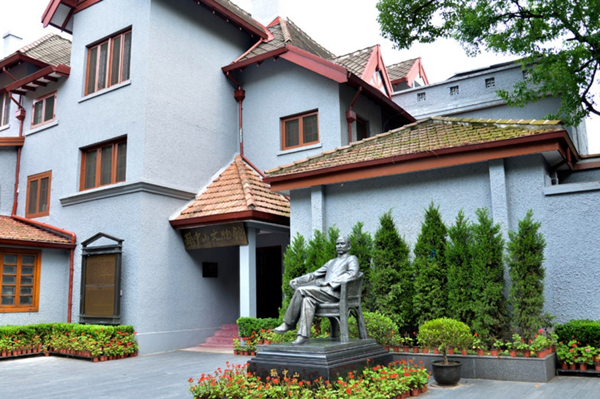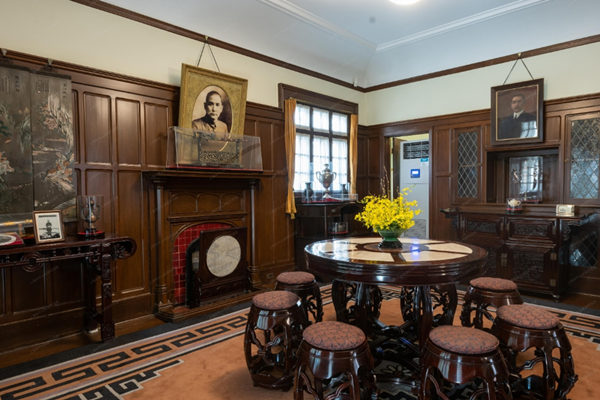Shanghai Museum of Sun Yat-sen's Former Residence
In June 1918, Sun Yat-sen (1866-1925), a pioneer of China's democratic revolution, moved to No 29 Molière Road, where he lived a relatively peaceful life with his wife Soong Ching Ling (1893-1981).
In this European-style bungalow, Sun completed various works as well as summarized his journey of leading China's revolution, all of which have now become significant legacies for the entire country.
The Sun-Joffe Manifesto which was written here in 1923, setting the stage for the initial collaboration between the Kuomintang and the Communist Party of China. After Sun's death, his wife continued to live here for about a decade, making significant contributions to fulfilling his vision for the country.

The exterior of Sun Yat-sen's former residence on Xiangshan Road. [Photo/sh-sunyat-sen.net]
Today, the two-story bungalow remains in its original location, narrating the days and nights Sun and Soong spent here to shape the country's future. Stepping through the entrance gate, visitors will see the living room and dining room set up as they were when Sun lived here. Upstairs, the bedroom, the study and the other living room are also furnished with Sun and Soong's original items, including details like pictures on the wall and flowers in the vase that vividly depict their daily life.

The dining room in Sun Yat-sen's former residence on Xiangshan Road. [Photo/sh-sunyat-sen.net]
The former residence also serves as a museum, displaying relics associated with Sun Yat-sen and Soong Ching Ling. Thanks to the introduction of videos, visitors can learn about Sun's contribution to China's prosperity, his devoted love for his wife, and how they collaborated as comrades in arms.
Address: No 7 Xiangshan Road, Huangpu district
Open: 9 am to 5 pm; Closed on Mondays (Except on public holidays)
Adult ticket: 20 yuan ($2.75) per person
Student ticket and elderly ticket: 10 yuan per person
(Updated on Nov 25, 2025)
Source: sh-sunyat-sen.net